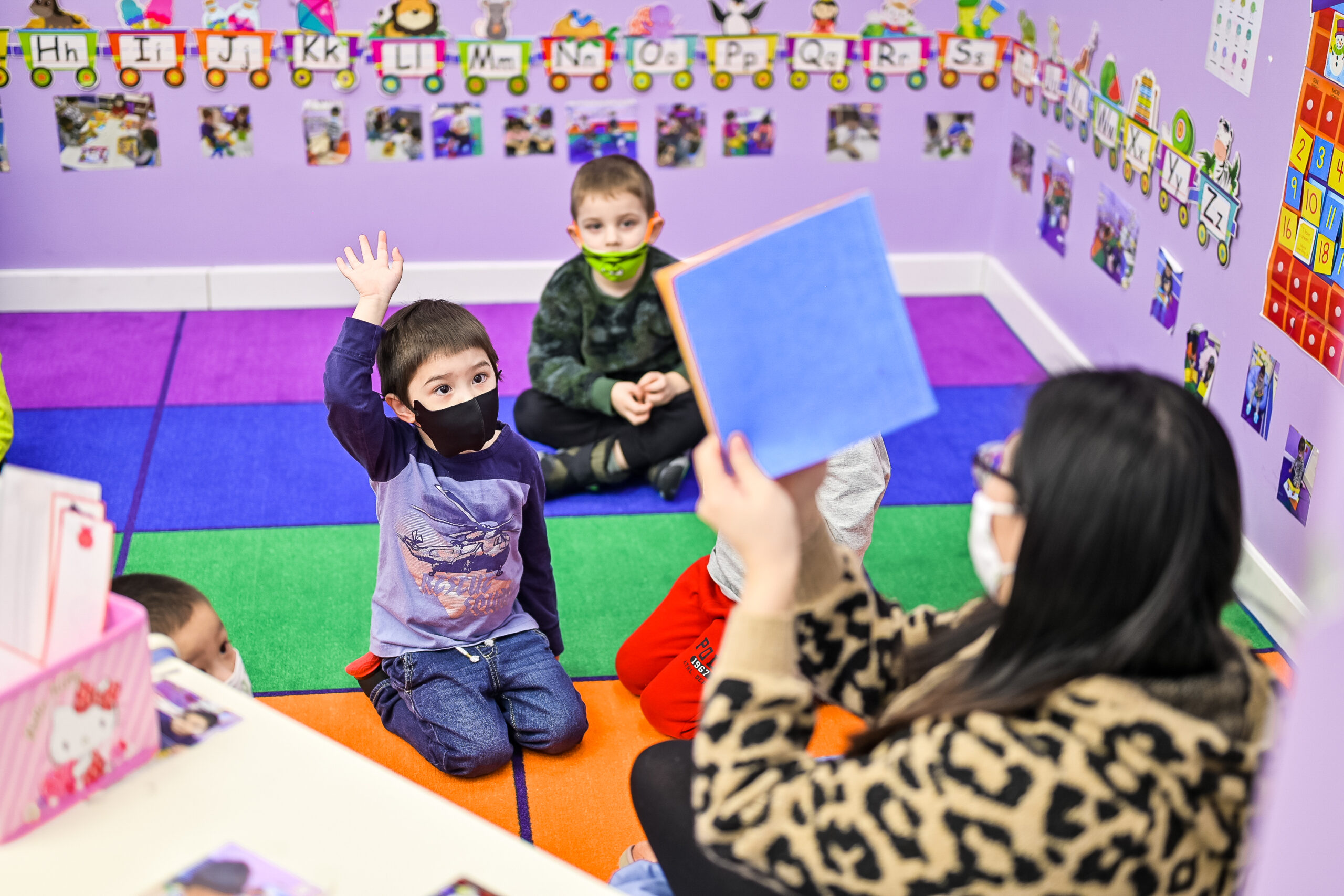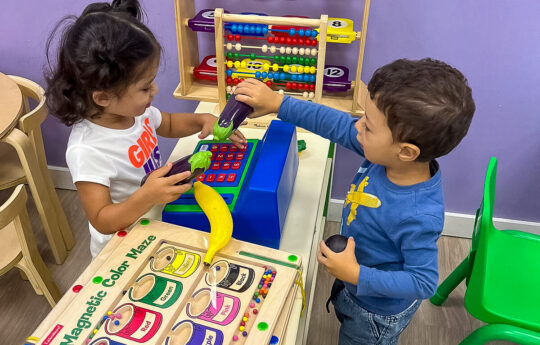
Raising a child is a long, hard-working, and not always a smooth process, during which we form his personality and set him the basic guidelines for life. That is why it is so important to use only the right methods in the course of educational actions in child discipline and abandon the harmful ones, such as screaming, tantrums, and spanking.
You may ask “how to discipline your toddler properly then”? In childhood, the psychological core of a person is formed and the foundations of communication with other people are laid. If in childhood your child suffers from constant screams and tantrums, in the future this may lead to the fact that the child will not be able to fend for himself, will be unsure of himself.
The use of verbal and even more physical punishment entails many negative consequences for the upbringing of children. Cruelty breeds cruelty, so over time, from an upbringing in raised tones, even the most good-natured and timid child can begin to be rude in response and become aggressive not only towards mom and dad but also towards the rest of those around them.
Choosing an approach to discipline
Remember that children are not always able to distinguish good from bad, right from wrong. They find it difficult to control their emotions and behavior, which often leads to unpleasant situations.
Accustoming to teach a child discipline, the main task of parents is not only to instill respect for rules and order but also to teach the child to control his own behavior.
Thanks to the system of established rules, you will help the child to quickly learn to take responsibility for his actions, which in the future will only positively affect his ability to establish relationships with other people.
Trying to learn how to discipline your toddler, remember that excessive restraint of the child, threats, humiliation and the use of physical force in relation to the child leads to the opposite effect of discipline.
Discipline at different ages
When to start teaching this process? In this, psychologists and educators are unanimous: as soon as possible.
The sooner you begin to instill (not forcibly but gently and persistently), the better for the child. Of course, the child discipline problem is not easy. Especially when it is already difficult for the parents, due to the busyness of their lifestyle when it is not always possible to comply with the rules of discipline.
Although if you let things take their course without discipline, you run the risk of turning your family’s life into complete chaos, filling it with endless stress and worries. Even the most basic situations of daily life can become a real hell if the child is not disciplined and does not have a clear understanding of how to behave in a given situation.
Of course, the rules should not be too rigid or too harsh. They should be communicated in such a way that the child understands that they are necessary for his own good. And of course, there can sometimes be exceptions to them.
What ways of child discipline can be used to raise children?
Try to determine for yourself what kind of rules of behavior you want to teach a child discipline. Perhaps this is mainly the rules of conduct at the table or the strict observance of the daily routine. Think back to your childhood years and the parenting methods your parents applied to you.
- Pay attention to what you like. Always confirm any rules and norms instilled in a child with your own example. If you yourself are not disciplined, how can you demand discipline from a child? For example, prepare to go to work ahead of time so there isn’t a crazy fuss in the morning looking for a wallet or a pass.
- Never pressure or bully a child. This can lead to the exact opposite result (for example, a child you are trying to teach early reading may refuse to pick up a book in response to pressure). Try to be polite but firm in a friendly and explanatory tone. As the saying goes, water wears down the stone.
- Clearly define the limits of what is allowed and what is not. Illustrate your reasoning with illustrative examples (you can only cross the street at a crosswalk so you don’t get hit by a car, you can’t talk to strangers, because you can get into trouble). And from early childhood, start instilling in your child the idea that his freedom ends where someone else’s freedom begins (you can’t take someone else’s, much less beat someone else’s).
- Agree with your spouse (and other family members) on the rules of conduct you want your child to have so that you become a united team. Situations are unacceptable when one parent forbids something and the other allows it. For example, mom asks to wash dishes, and dad, wanting to please the child, allows him not to wash them. The child then learns to adapt and manipulate others. “Oh, mom didn’t let me? I’m going with my dad.”
- Watch your tone. The tone of the parental request should be friendly, not authoritative. Any prohibition given to the child with force or pronounced in anger becomes doubly difficult.
- Try to build a trusting relationship with your child. Learn not only to listen to him, but also to listen to his opinion, and show that he is also very important to you. Let the baby also offer a way out of the conflict situation. After a heart-to-heart talk, spend at least some time with him, read to him or play a game. It strengthens relationships and builds trust.
- Feel free to admit your mistakes. Show your child that even adults sometimes make mistakes, it is important to recognize and correct mistakes in time. Don’t be afraid to apologize (even a little humorously) to the child if you unreasonably insulted him “in the heat of passion.” But at the same time, try to explain how you will act in another similar case, and always keep this promise.
Child discipline is not a problem but a part of loving your child. If you love your child, you want them to grow into emotionally healthy adults, teaching them self-control and following rules is essential.




